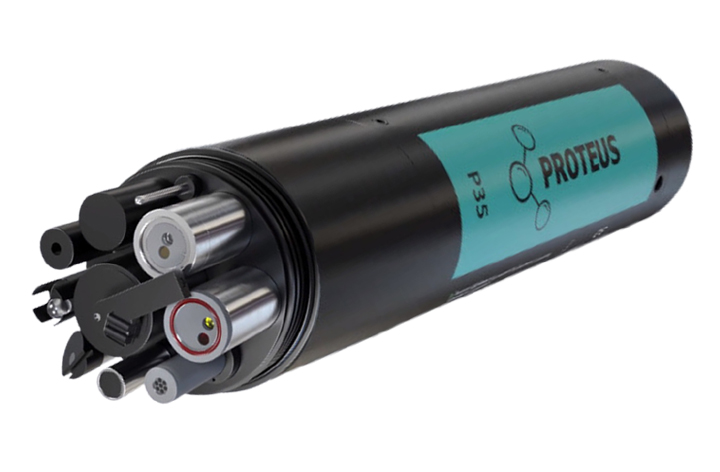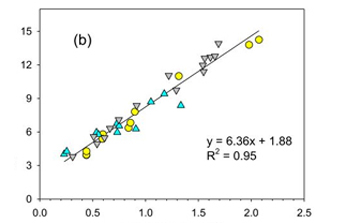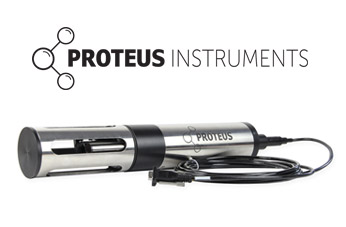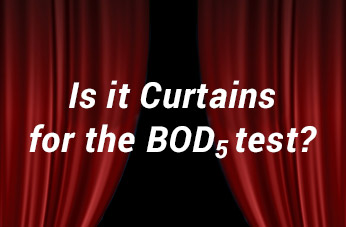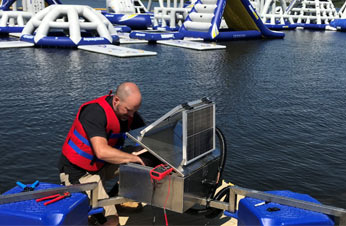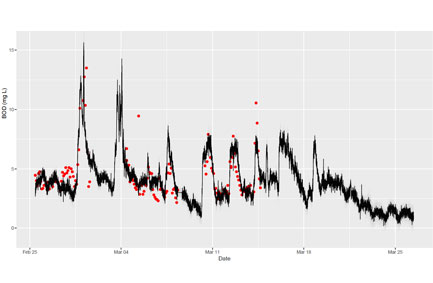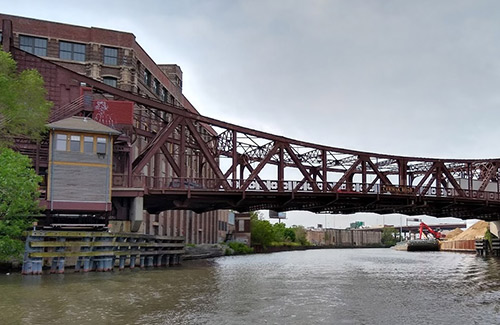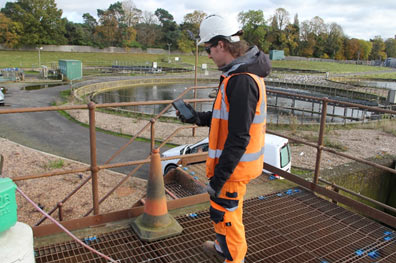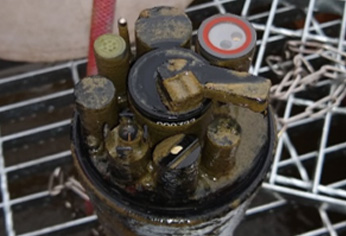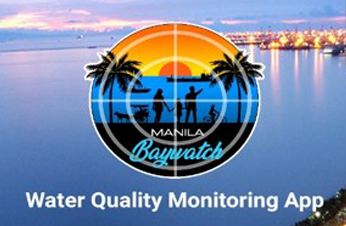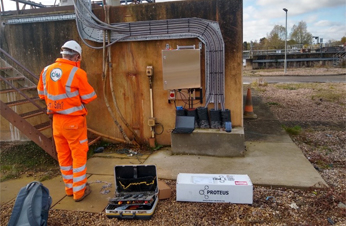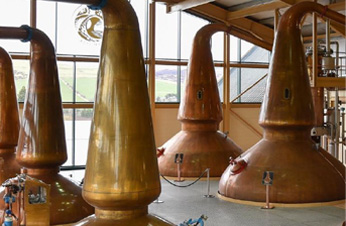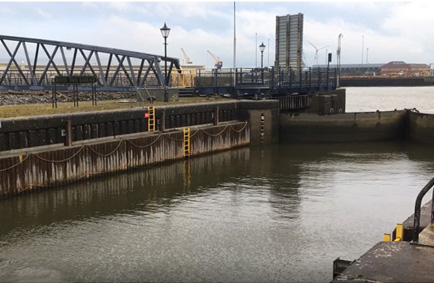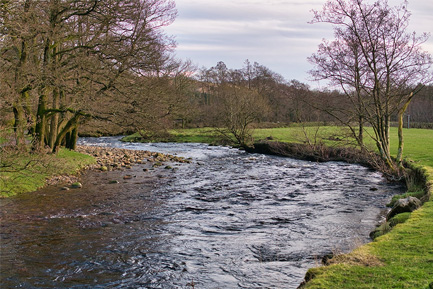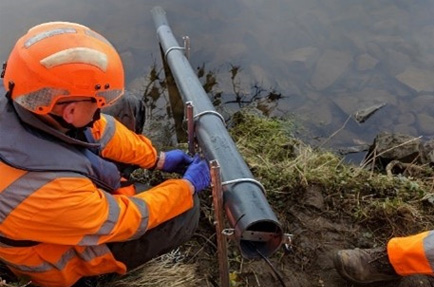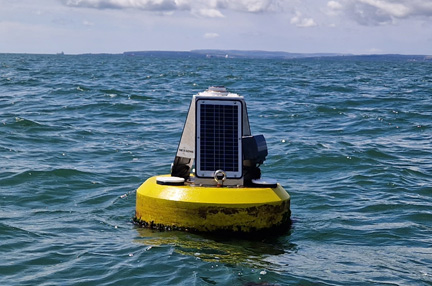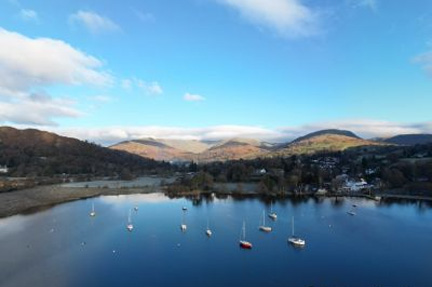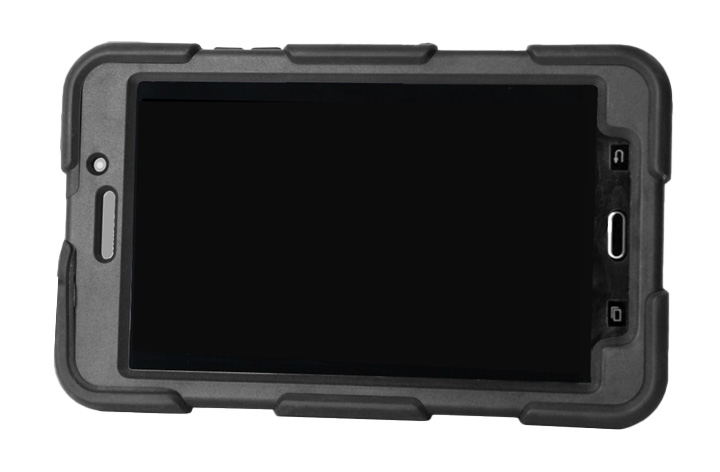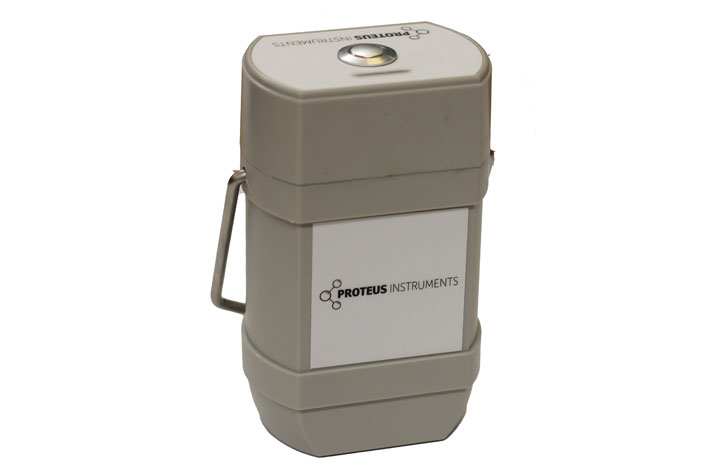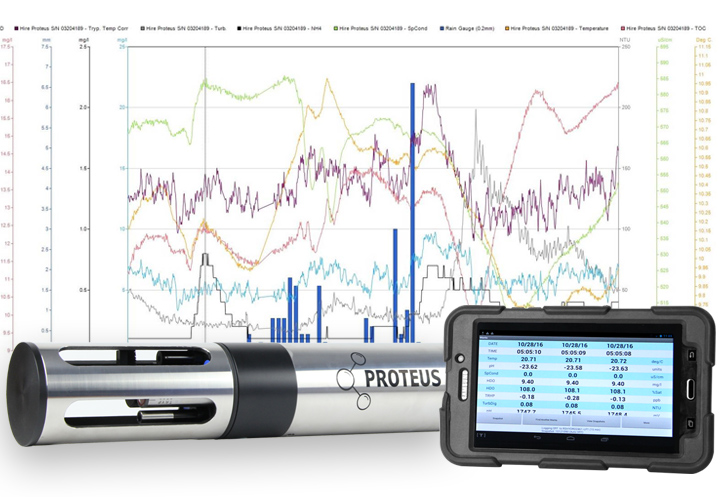- Real-time Data For your choice of parameters
- Measure Bacteria/Coliforms Proteus is the first instrument to measure bacteria/coliforms in drinking water in real-time
- Self Cleaning Built in wiper which cleans sensors before every cycle
- Easy Integration Easily integrated with telemetry/SCADA systems and other datalogging devices with external RS232/Modbus/SDI12
Case Studies
Overview
An award-winning, patented, multi-parameter, real-time sensor platform to accurately and reliably measure BOD, COD, TOC and Coliforms (total, E. coli or faecal) in permanent and temporary applications.
The Proteus is the world’s first scientifically proven real-time sensor for measuring BOD that can measure a wide range of water quality, environmental and industrial applications. A multiprobe that measures your choice of parameter, all in one package, that can deliver data in the toughest field conditions. The Proteus has been designed for its ease of use, reliable data and economical operation.
Parameters include:
|
|
|
The Proteus has a robust CPVC body and sensor guard. A range of power options are available including internal lithium battery packs, ideal for unattended logging, or multiple external power options of battery, mains or solar panel.
Manufactured by: Proteus Instruments
Model: Proteus Multi-parameter Water Quality Sensor
Services offered for this product
- Sales
- Rental
- Installation
- Calibration
- Maintenance
- IoT Cloud Compatible
Applications
BOD/COD/TOC Loading to Wastewater Treatment Works
Combined Sewage Overflow event monitoring
Point Source Pollution monitoring
Total Coliform Monitoring (E. coli, total or faecal)
Efficiencies of Wastewater Treatment Works
Diffuse Pollution Monitoring
Groundwater Water Quality Monitoring
Survey tool combined with Bluetooth
SCADA, RTU and logger integration via RS232, SDI-12, Modbus RTU
Specification
| BOD Parameter Specifications | |
| Units | BOD mg/l |
| Range** | 0-2000 mg/l |
| Resolution | 0.01 mg/l |
| Accuracy | ±5 % of reading* |
| Comments | Local site calibration can improve accuracy |
| Coliform Counts Parameter Specifications | |
| Units | CFU/100 m |
| Range** | >1 count/100ml |
| Resolution | 1 count/100ml |
| Accuracy | ±10 Coliforms* |
| Comments | Local site calibration can improve accuracy. Can be used for faecal coliforms, E. coli or total coliforms |
| COD Parameter Specifications | |
| Units | COD mg/l |
| Range** | 0-4000 mg/l |
| Resolution | 0.01 mg/l |
| Accuracy | ±5 % of reading* |
| Comments | Local site calibration can improve accuracy |
| DOC Parameter Specifications | |
| Units | DOC mg/l |
| Range** | 0 - 3000 mg/l |
| Resolution | 0.01 mg/l |
| Accuracy | ±5 % of reading* |
| Comments | Local site calibration can improve accuracy |
| TOC Parameter Specifications | |
| Units | TOC mg/l |
| Range** | 0 - 3000 mg/l |
| Resolution | 0.01 mg/l |
| Accuracy | ±5 % of reading* |
| Comments | Local site calibration can improve accuracy |
| General Specifications - Proteus 35 | |
| Diameter | 89 mm (3.5") |
| Length - w/o Battery Pack | 483 mm (19") |
| Typical Weight - with IBP | 2.85 kg (6.28 lbs) |
| Number of Sensors | Up to 11 |
| Optional Battery Pack | 8 “C” cells |
| General Specifications - Proteus 40 | |
| Diameter | 102 mm (4.00”) |
| Length - w/o Battery Pack | 483 mm (19") |
| Typical Weight - with IBP | 3.00 kg (6.61 lbs) |
| Number of Sensors | Up to 13 |
| Optional Battery Pack | 8 “C” cells |
| General Specifications - All Versions | |
| Internal Power Battery Life | 1 to 24 month depending on sensors / logging rates |
| External Power | 5-15 vdc |
| Operating Temperature | -5 to +50°C, non-freezing |
| Calibrated Range | -5 to +30°C |
| Depth Rating | 100 m |
| Communications | USB, RS232, Modbus® RS485, SDI-12 as standard. Bluetooth® optional. |
| Sample Rate | 1 Hz |
| Data Memory | >1,000,000 logged readings |
| Logging Rates | 1 second to 1 day |
| Warranty | 2 years (All sensors excluding ISE’s) |
* Providing local adequate field calibration. Contact us for details
** customised ranges are available
Accessories
Related products
FAQ's
No. The Proteus utilizes cutting edge fluorescence technology which is completely without reagent or manipulation to the environment it is entered into.

